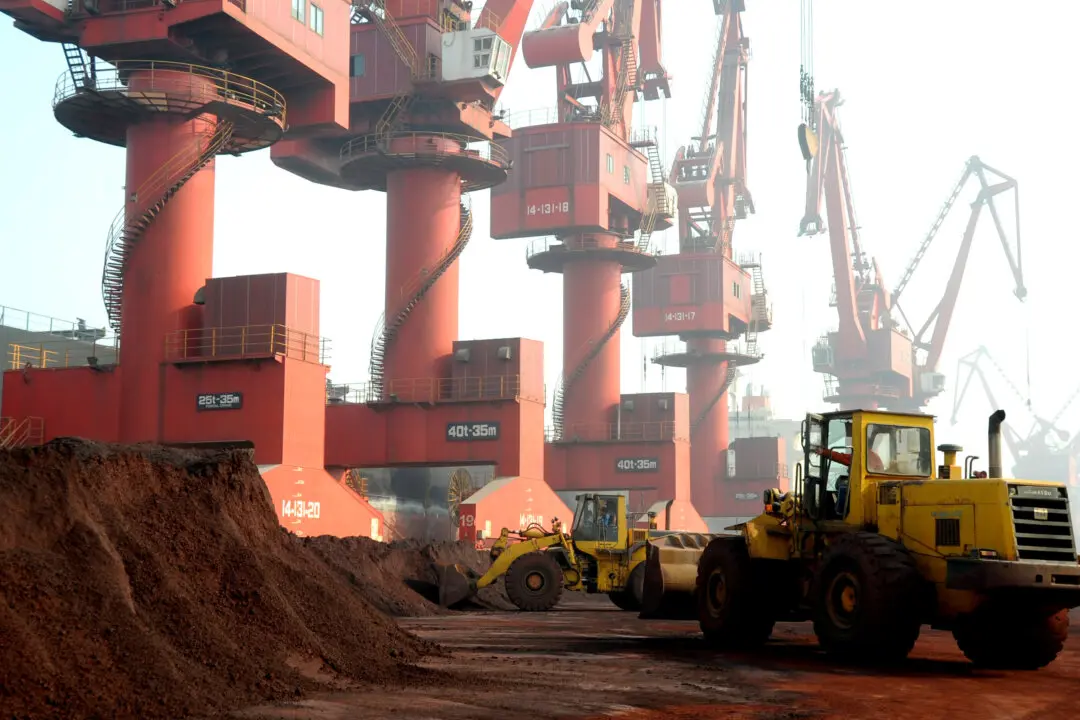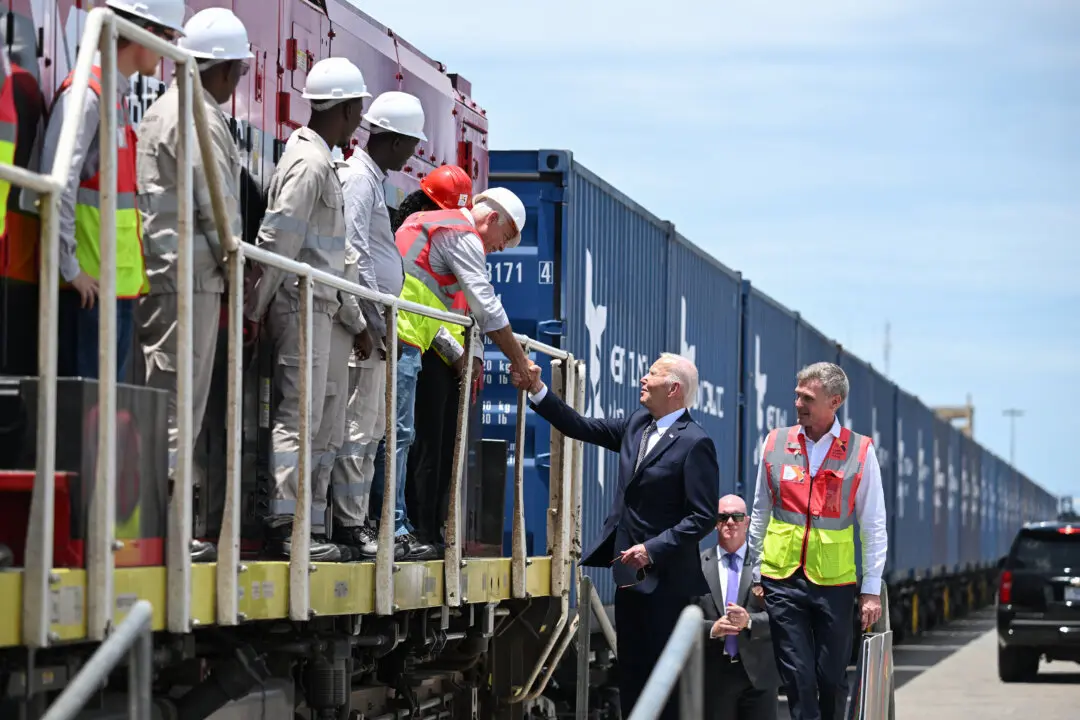The world’s 75 poorest countries are set to make debt repayments of $22 billion to China this year, according to a report by an Australian think tank.
“Debt service flows to China from developing countries will total $35 billion in 2025 and are set to remain elevated for the rest of this decade,” the Sydney-based Lowy Institute, which receives funding from the Australian Department of Foreign Affairs and Trade, said in the report. “The bulk of this debt service, some $22 billion, is owed by 75 of the world’s poorest and most vulnerable countries.”





